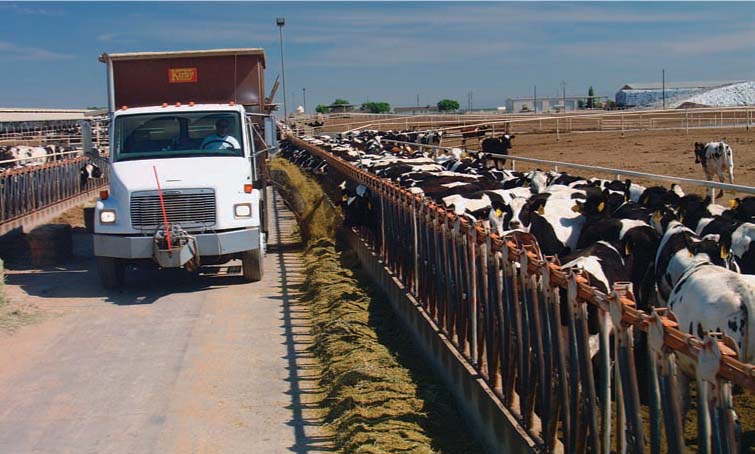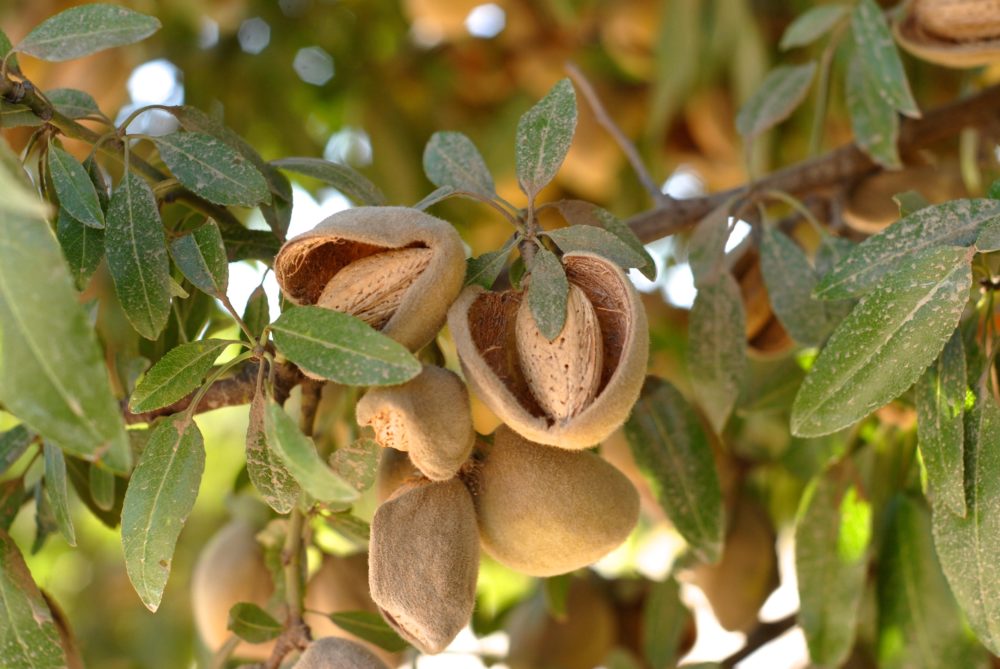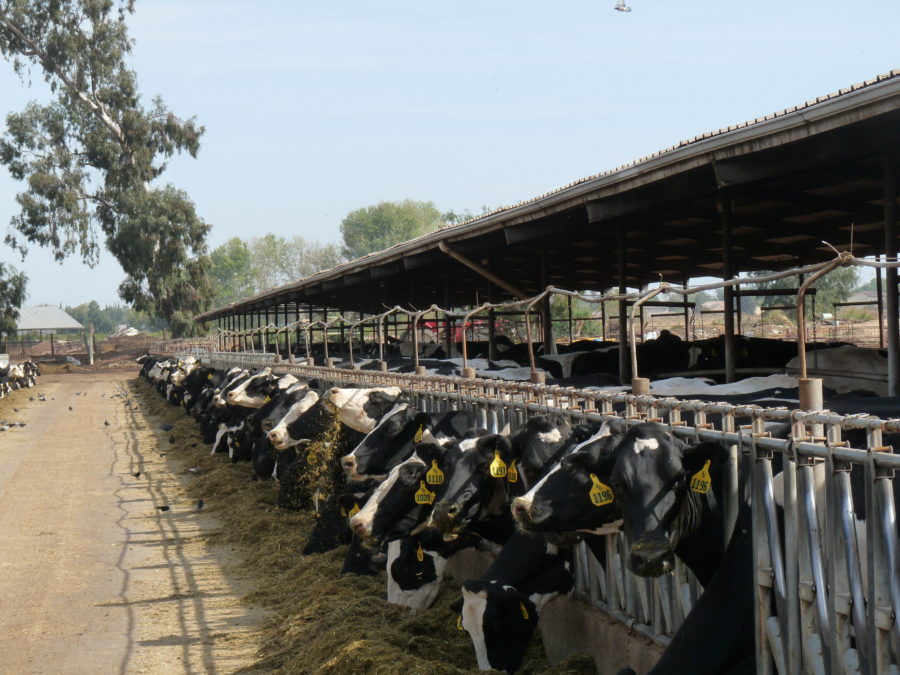Almond Board of California Election Under Way
Almond Industry Is Urged to Vote for Grower Positions on Almond Board of California
News Release
Voting began Jan. 31 to select two independent grower member and alternate positions and one independent handler member and alternate position on the Almond Board of California (ABC) Board of Directors. These positions will serve terms beginning on March 1.
Candidates for the independent grower position are:
|
|
| Position One, Member (One-year term):
Brad Klump, Escalon (petitioner)
|
Position One, Alternate:
Mike Mason, Wasco (petitioner) |
| Position Two, Member (Three-year term):
Brian Wahlbrink, Waterford (incumbent) Dave DeFrank, Fresno (petitioner)
|
Position Two, Alternate:
Bill Harp, Bakersfield (incumbent) |
Candidates for the independent handler positions are:
|
|
| Position Three, Member (One-year term):
Micah Zeff, Modesto (incumbent) |
Position Three, Alternate:
Jonathan Hoff, Denair (petitioner) |
Ballots and instructions have been mailed to all independent growers whose names are on file with ABC. The Almond Board must receive ballots by Feb. 16, for them to be counted. If any independent grower or handler does not receive a ballot, one may be obtained by contacting Bunnie Ibrahim, senior analyst, Government Affairs, ABC, at (209) 343-3228.
As a governing body for the industry, the ABC Board of Directors is composed of five handler and five grower representatives who set policy and recommend budgets in several major areas, including production research, public relations and advertising, nutrition research, statistical reporting, quality control, and food safety.
























